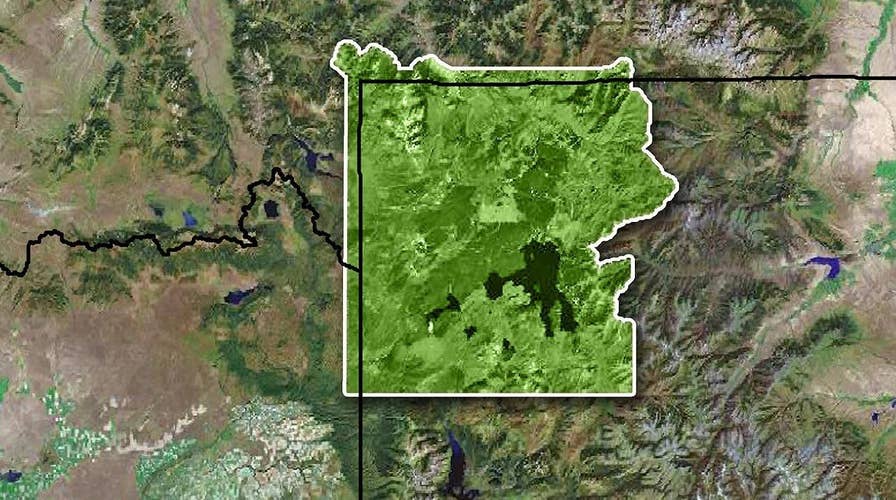Scientists warn Yellowstone supervolcano could kill millions
Report: Caldera overdue for eruption; theoretical physicist Michio Kaku reacts on 'Shepard Smith Reporting'
Arizona State University researchers have analyzed minerals around the supervolcano at Yellowstone National Park and have come to a startling conclusion. It could blow much faster than previously expected, though any talk of it potentially wiping out life as we know it is incorrect.
According to National Geographic, the researchers, Hannah Shamloo and Christy Till, analyzed minerals in fossilized ash from the most recent eruption. What they discovered surprised them – the changes in temperature and composition only took a few decades, much faster than the centuries previously thought.
“We expected that there might be processes happening over thousands of years preceding the eruption,” said Till said in an interview with the New York Times.
NASA WANTS TO PREVENT THE YELLOWSTONE SUPERVOLCANO FROM DESTROYING THE US
Despite some sensationalist claims seen in the media, the supervolcano is not expected to erupt anytime soon and if it did, the events would not be catastrophic. "There's no reason to think it could impact mass transport the way the Iceland eruption did nor would it have any effect on crops," Till told Fox News. "There is no evidence to suggest it could destroy mankind."
The supervolcano last had a major eruption about 630,000 years ago, Till added. Prior to that, the last major eruption was 1.3 million years ago, per a report from ZME Science. A smaller eruption, the most current on record, occurred 70,000 years ago.
The researchers looked for the events that led up to the last major eruption 630,000 years ago and noted that if the supervolcano were likely to erupt, it would likely be of the smaller variety, similar to the one that happened 70,000 years ago. "It would most likely be one of the smaller ones," Till said, while adding, "If we were looking for warning signs, that's what would we be looking for."
The new discovery, which was presented in August after a previous version of the study, comes after another study in 2011 which found the magma reservoir in Yellowstone has moved considerably, gaining about 10 inches in seven years.
"It's an extraordinary uplift, because it covers such a large area and the rates are so high," the University of Utah's Bob Smith, an expert in Yellowstone volcanism, told National Geographic six years ago.
'UFO' SPOTTED OVER YELLOWSTONE VOLCANO?
The super volcano is one of the best monitored volcanoes in the world, being monitored constantly in real-time by The Yellowstone Volcano Observatory. Currently, it has a reading of green, indicating no threat is imminent, Till added.
Despite the concerns about an eruption happening relatively soon, Shamloo told The Times that more research needed to be done before a definite conclusion could be drawn.
In June, the supervolcano was hit with more than 400 earthquakesin one week, though researchers cautioned it was nothing nothing to be alarmed about.
For its part, NASA is working on a way to prevent the supervolcano from destroying mankind, including trying to cool the magma before it spills over.
Follow Chris Ciaccia on Twitter @Chris_Ciaccia
This story has been updated from Oct. 12 because the original findings of the research were misstated. The story has been updated to reflect these changes.





















